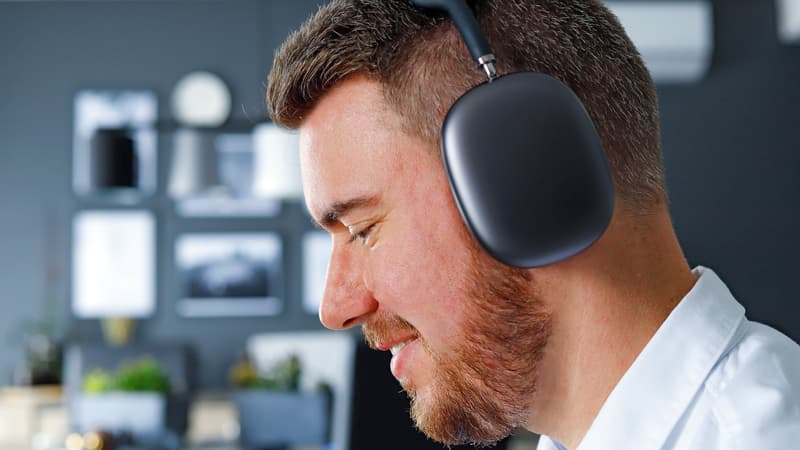How can you get the most out of your music without damaging your hearing? To answer this question, many question the device. Actually, we should be more interested in the use that is made of it.
The advice is known to all: to save your ears, do not turn up the volume too high and do not extend the listening time indefinitely. At the beginning of the year, the World Health Organization recalled its basic principles. A maximum average noise level of 100 decibels is recommended. And for long listening sessions, you need to take care of your hearing system. Breaks are indicated as follows: 30 minutes every two hours or, more ideally, 15 minutes every 45 minutes.
By following these tips, a user will be able to get the most out of their headphones or earphones. However, the former generally have better sound quality. Closed models that include the ear will thus offer better acoustic isolation, which limits the increase in volume.
Official products: a safe bet
But beware of noise reduction systems. To avoid being disturbed by sounds from outside, these devices send waves opposite to the ambient noise to make it disappear. If you no longer hear discomfort, your ears are still exposed to waves and therefore potentially damaged.
By design, in-ear headphones will more effectively limit outside noise. Despite its direct insertion into the ear canal, the risk of damage to the eardrums is not greater. As long as the correct use is respected. However, it should be noted that some people experience discomfort when using in-ear headphones. In most cases, it is a physical inconvenience related to the morphology of each one.
Finally, it is essential to buy official products. 60 million consumers looked at counterfeit models of Apple’s AirPods, which dominate the headphone market. Of the seven references requested, only four have been delivered. Beyond the possible loss of money, these products have proven to be of poor quality. Among the defects identified, low bass – favoring the increase in volume – and excessively shrill treble – possibly dangerous for hearing.
Source: BFM TV


